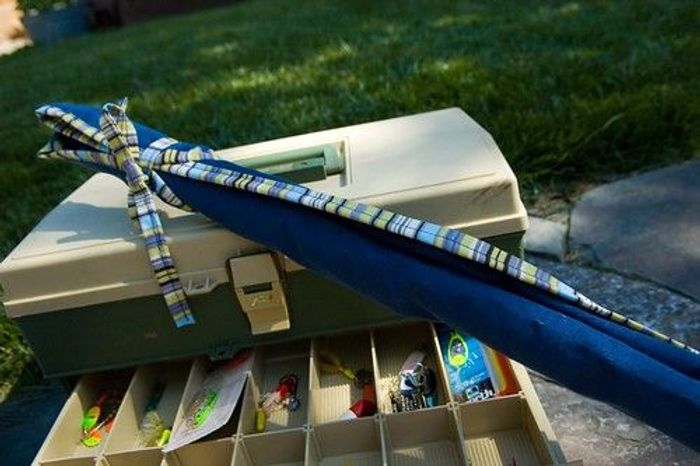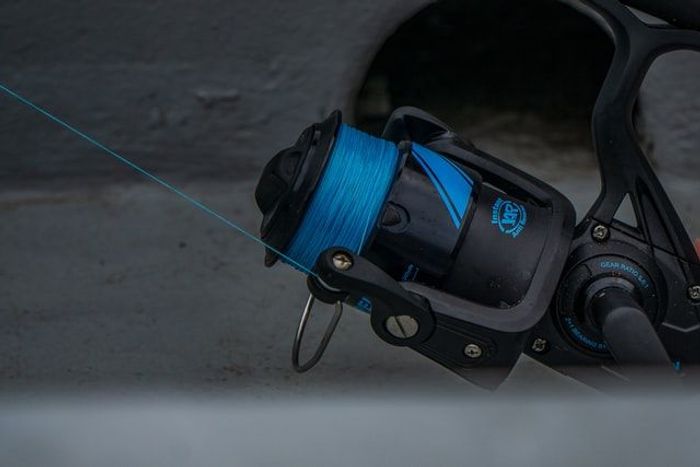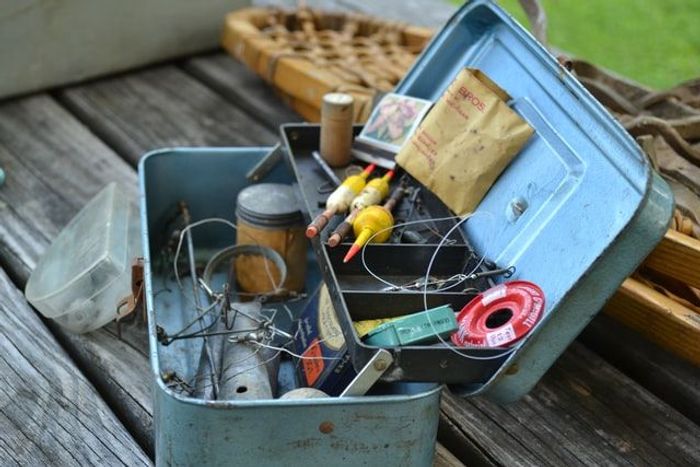Fishing Gear You Can Take on a Plane
Fishing in other countries is fun. But it won't be if you don't pack your fishing equipment right for the plane. Here are some general fishing guidelines.

If you want to go fishing in other countries, you have to know what kind of fishing gear you are allowed to take with you, especially that airports can be quite strict when it comes to sports gear. Some equipment are heavy and might exceed the maximum weight requirement.
Why Go Fishing in Other Countries and States?

Simply put, the water can be different. The water in Alaska is cold and perfect for ice fishing. But the water in Montauk is perfect for striped bass and false albacore. It’s a matter of expanding one’s fishing experience.
In other countries, it can be because some of the hard-to-catch fish in America can be easier to catch in other countries. For example, America has a lot of trout. But places like Japan, the Philippines, and even Mexico have rich waters with fish such as milkfish, mackerel scad, and grouper. For adventurous anglers they’d want a chance to try their hand at fishing anywhere and everywhere.

But before you can go fishing in other countries and states, you have to find out what you can and how you can bring them.
Fishing Gear You Can Bring on a Plane
Fishing Rods

Fishing Rods can be brought along in either hand carry or through storage. More protective anglers can bring them through the hand-carry storage provided it stays within the weight. The average weight for the hand-carry storage seems to swing between 40-50 pounds, but some rods don’t weigh that much. Though, that’s taking into consideration your clothes, toiletries, and other things in your bag.
One way to try and “cheat” the weight is by looking at a lightweight but sturdy material. Some of these materials include carbon-fiber. Carbon fiber is often used for tennis racquets, car components, and other things and can be made to be flexible.
One tip can be to bring your fishing rod in a rod tube. Rod tubes are hard-shell cases where anglers can store their fishing rod. The majority of them are made of thick plastic so that your rods don’t get slammed around during the flight. While most of them come with locks, anglers recommend drilling holes into the rod tube so you can lock it with a padlock. More meticulous people will do the following:

1.Padlock the tube.
2. Tape the hole to the padlock with scotch tape.
3. Wrap the whole rod tube in cling wrap.
4. Keep the key on a lanyard around their neck.
It sounds a bit overkill. But there are thieves around. And normally, thieves don’t care what’s in it. They’ll grab whatever they can. The point of doing overkill methods is to discourage thieves from stealing your rod.
Fishing Reels

Fishing reels don’t have sharp pieces. But they do have small pieces. Anglers recommend packing them in their original case, kind of like packing away your iPod or your power bank. Some people recommend padded cases to prevent them from being crushed. But you can make a makeshift one. Some people use thick socks. Women use bra-cases or even the bras themselves. Bras have pads, and it should serve the same purpose as long as it protects the reel.
They have a case of their own known as a travel reel case. But for those who don’t want to spend extra on this, stuffing it in underwear baggage will work. Since they’re quite small, you can bring them along in your hand-carry (carry-on) luggage. However, trolling fishing reels are much bigger, so you’ll have to check it in your check-in luggage.
Fishing Hooks, Baits, and Tackle

There’s a bit of a debate regarding hooks, baits, and tackle. According to the Transportation Security Administration, fishing hooks are allowed provided that they are well-kept. This means they have to either be wrapped thickly in foam and bubble wrap to prevent it from tearing or piercing anything. This applies to artificial flies, lures, and baits. What some people do is that they have a thick leather case that keeps everything secured inside the pack. They tie a twisty to it, tape it with duct tape or packing tape, and create a cover by rolling up some paper to cover the barbed end.
Other anglers say it isn’t worth the trouble. Depending on where you go, some airlines can be doubly strict with the guidelines, and you’ll end up having all your fishing hooks being confiscated. Or worse, you can be arrested and be banned from your flight.
Why You Need to Go to the Airport Early
Knowing that you are bringing some questionable stuff, it is best to arrive at the airport early. But you can make a phone call to the airport’s security and regulations commission to see what you can bring. Shoot them an email or a DM on their social media if they have any, so you have a receipt with you when you get to the airport. Make sure you get their name, too, so that if the security guard starts interrogating you, you have proof, and he cannot hold you.
Sometimes in your excitement, you forget to check your fishing clothes for leftover equipment. The common culprit here can be your fishing vest. Make sure you empty your fishing vest for any possible metallic contrabands to prevent your trip from being stalled.
With that being said, don’t forget to leave for the airport at least three hours early to take into account traffic and the security checks. Happy travels and fishing!




